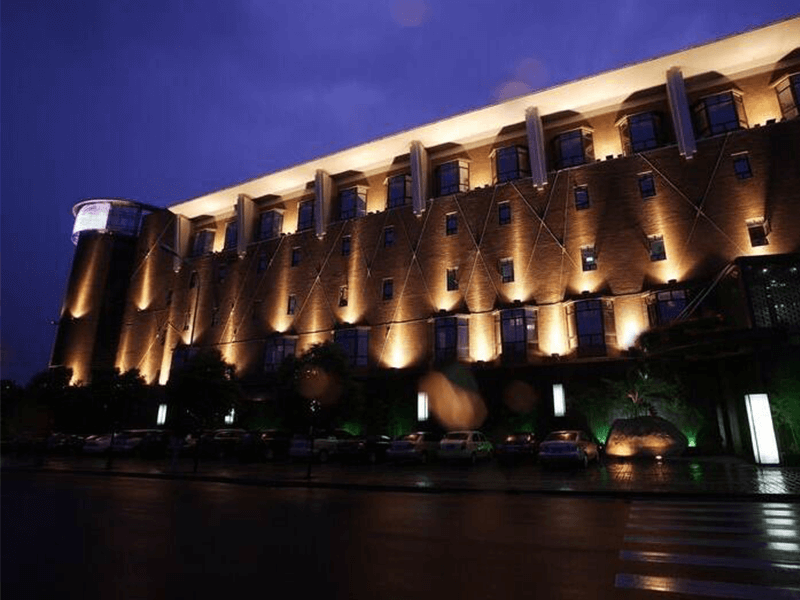Oil and Gas Industry: Explosion-proof lights are necessary for the oil and gas industry due to flammable gases and vapors, which sparks or other ignition sources can ignite. The hazardous nature of this industry poses a significant risk to worker safety, and explosion-proof lighting is critical in preventing explosions and fires. Using explosion-proof lights mitigates the risk of sparks and ignition, reducing the potential for accidents and ensuring worker safety in these hazardous environments.
These hazardous environments also pose a risk of explosion and fire, which can be prevented using explosion-proof lighting.
Mining Industry:
In the mining industry, explosion-proof lights are required due to the presence of flammable dust and gases that can be ignited by mining equipment. The risk of sparks and ignition from mining equipment is high, and these hazards must be mitigated using explosion-proof lighting to prevent explosions and fires. Additionally, mining environments are often harsh and hazardous, and explosion-proof lights must withstand these conditions to ensure worker safety and avoid damaging equipment and facilities.
The risk of sparks and ignition must be mitigated using explosion-proof lighting to prevent explosions and fires.
Chemical Processing Plants:
In chemical processing plants, explosion-proof lights are necessary due to flammable liquids, gases, and corrosive materials. The potential for chemical reactions and explosions is high in these environments, and the risk of sparks or other ignition sources must be mitigated with explosion-proof lighting. Additionally, corrosive materials can cause damage to equipment and facilities, which can be prevented with the help of explosion-proof lighting resistant to corrosion. In addition, explosive-proof lights are critical in ensuring worker safety and preventing accidents and damaging equipment and facilities in these hazardous environments.
The potential for chemical reactions and explosions can be reduced using explosion-proof lighting.
Food and Beverage Processing Plants:
In food and beverage processing plants, explosion-proof lights are required due to flammable dust, gases, high temperatures, and humidity. The risk of sparks and ignition is high in these environments, and using explosion-proof lighting can mitigate these hazards to prevent explosions and fires. High temperatures and humidity can also contribute to the fire risk, making explosion-proof lighting critical in ensuring worker safety and preventing damage to equipment and facilities. In addition, explosion-proof lighting is necessary for hazardous environments, including food and beverage processing plants, to ensure maximum safety and protection for workers and facilities.
Using explosion-proof lighting can also reduce the risk of contamination fromcteria and other microorganisms.
